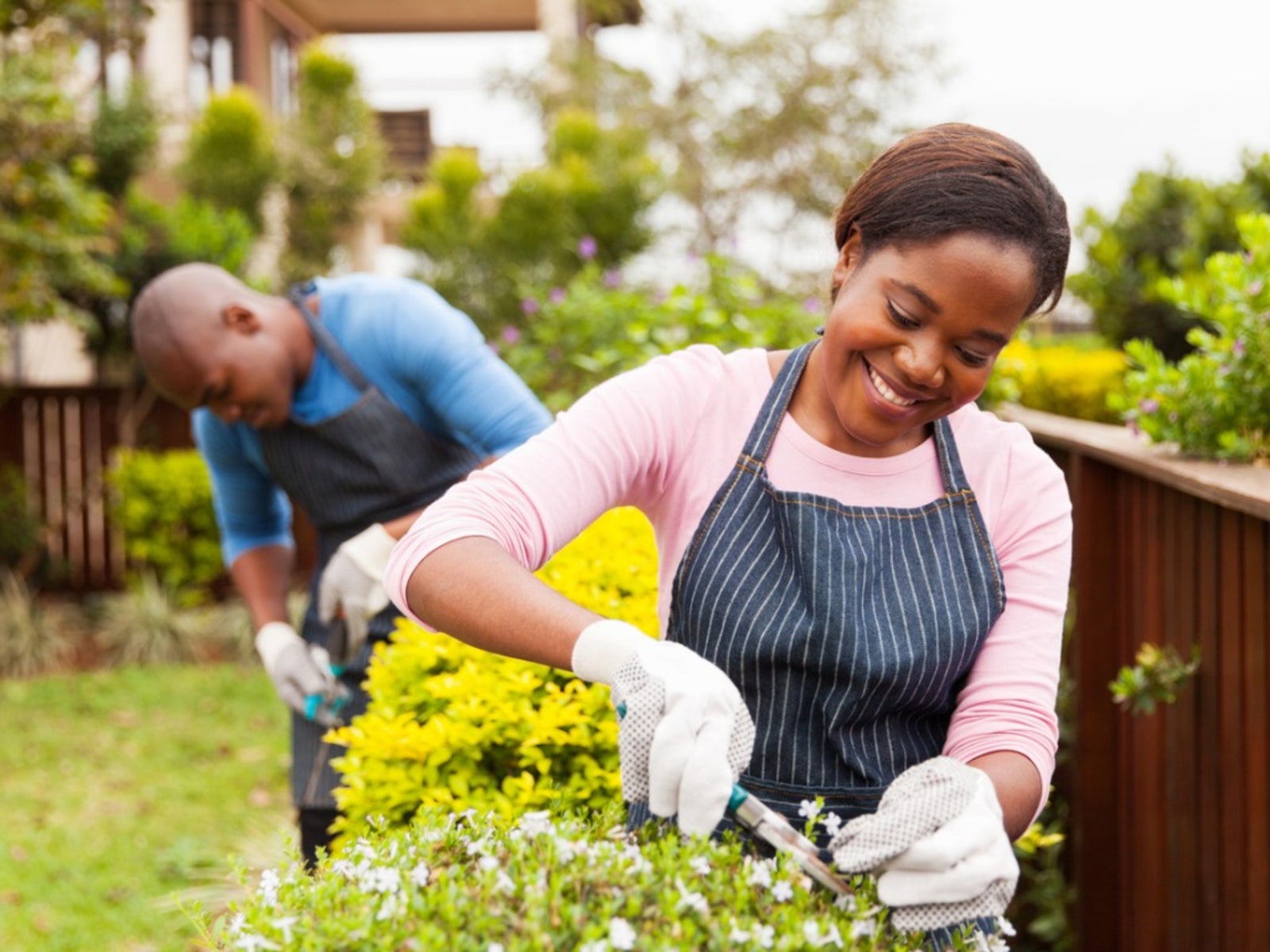Protective Clothing For Gardeners - The Best Protective Garden Gear


Gardening is a pretty safe hobby, but there are risks too. Protective garden clothes help you avoid the worst of sunburns, bug bites, and scratches. Before you head out to the yard next year, stock up on the best protective garden gear.
Why is Protective Garden Clothing Important?
Gardening is a relaxing activity. It’s good exercise but also peaceful and meditative. It allows you to socialize or spend time alone, reflecting. It’s good for the body, mind, and spirit. Nothing ruins a Zen moment in the garden like a painful scratch from a rose thorn or an itchy bug bite.
Protective clothing for gardeners is important because it prevents discomfort and keeps you safer outside. The risks are real:
- Sun burns and heatstroke
- Bug bites
- Rashes
- Scratches from twigs and thorns
- Accidents with shears and pruning scissors
- Scrapes from kneeling or leaning against a rough surface
- Pesticide and herbicide exposure
- Carpal tunnel syndrome
Most garden injuries are minor, but there are also some disease risks that come with working in the soil, including tetanus and Legionnaires’ disease.
The Essential Accessories and Clothes for Garden Safety
Wearing protective garden gear is important for keeping you comfortable and safe while you practice a cherished hobby. Here’s what you need:
- A wide-brimmed hat is essential for sun protection. It should cover your scalp and keep your face shaded.
- Sunscreen or long-sleeved shirts protect your neck, arms, and legs from the sun.
- Choose a pair of gloves that is thick enough to protect from thorns and scratches but thin enough to allow you to work comfortably. These will also protect your hands from the sun and any chemicals you use.
- Long pants are best for sun protection and to prevent cuts and scrapes.
- Knee pads or a kneeling cushion is essential for protecting your knees as you work in beds.
- Sturdy shoes or work boots protect your feet and ankles from sprains and sharp objects.
- For hot days, balance good coverage with avoiding heat exhaustion by using a neck cooling scarf.
- Choose tools with ergonomic handles to avoid carpal tunnel and other repetitive use injuries.
- Bug spray protects you on the buggiest days. Even if you are fully covered with clothing, they’ll find a way in.
These basics will keep you safe from most garden hazards. To prevent the rare but possible microbial diseases, practice good hygiene, washing your hands thoroughly after each time in the garden.
Gardening tips, videos, info and more delivered right to your inbox!
Sign up for the Gardening Know How newsletter today and receive a free copy of our e-book "How to Grow Delicious Tomatoes".

Mary Ellen Ellis has been gardening for over 20 years. With degrees in Chemistry and Biology, Mary Ellen's specialties are flowers, native plants, and herbs.